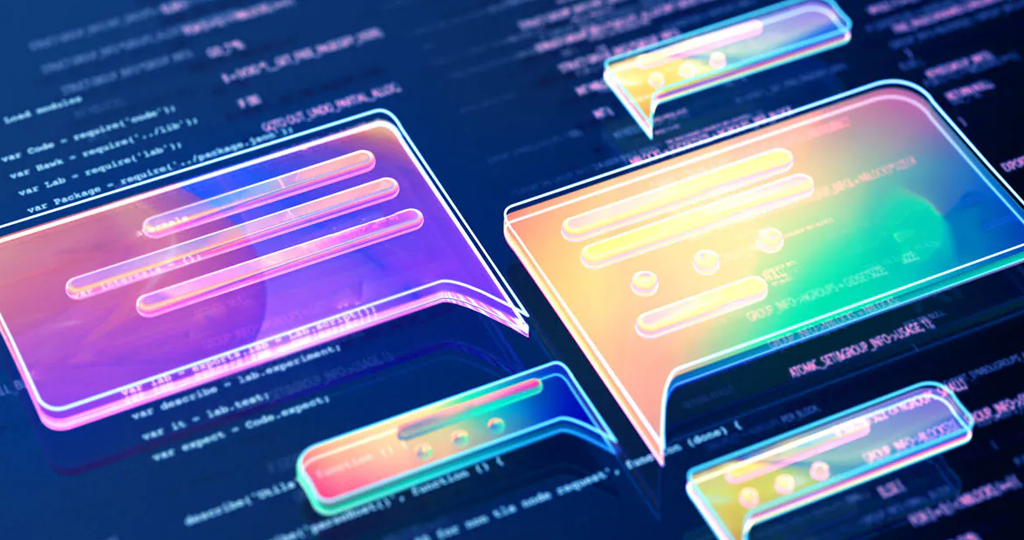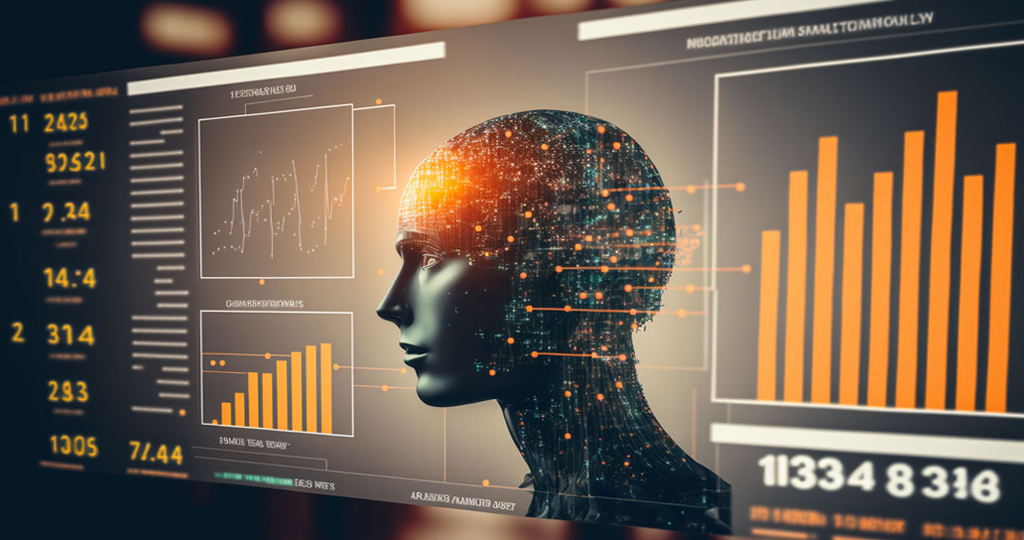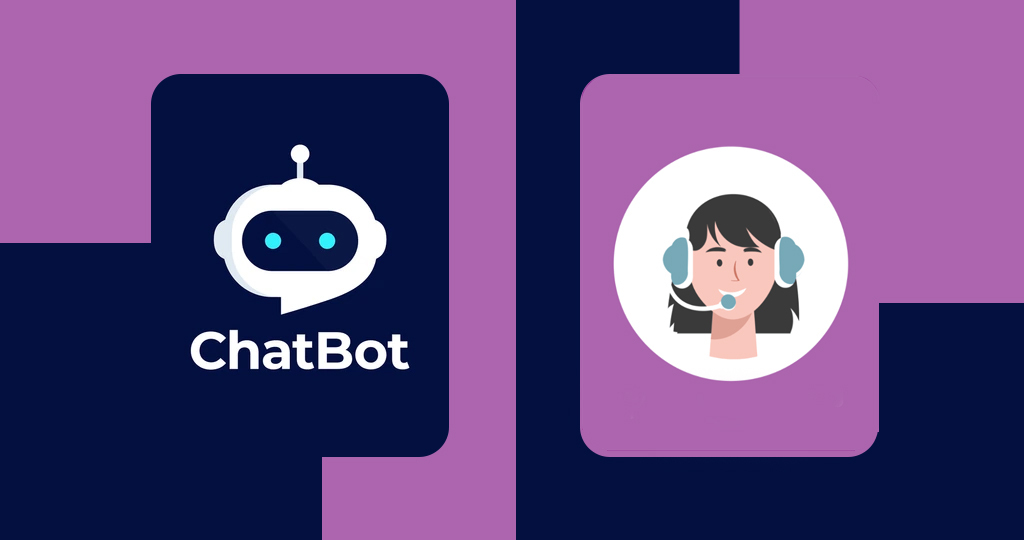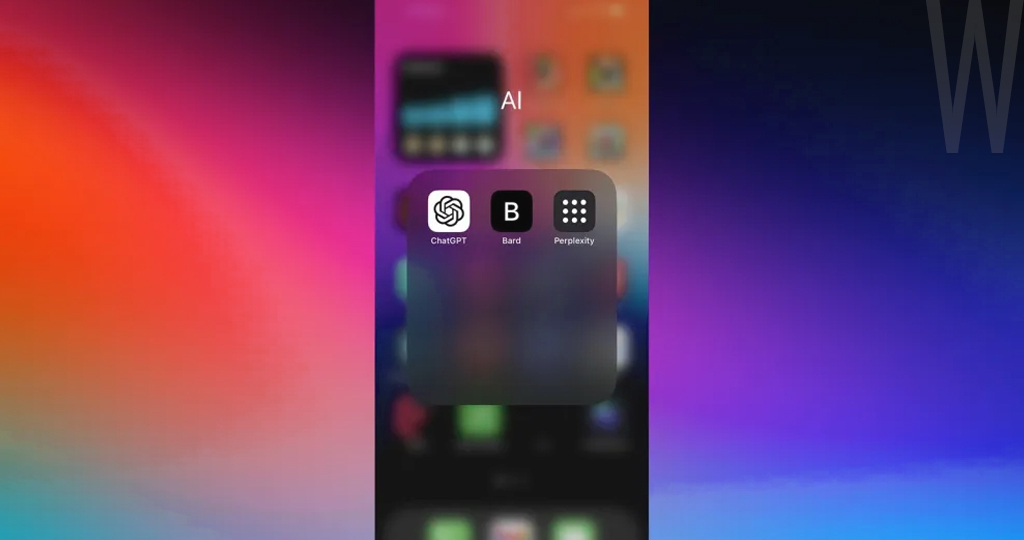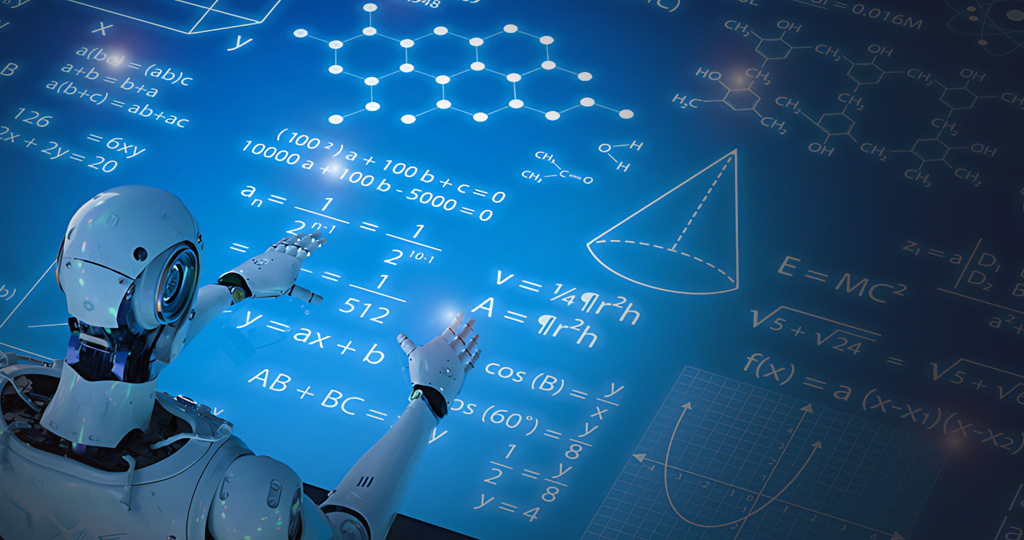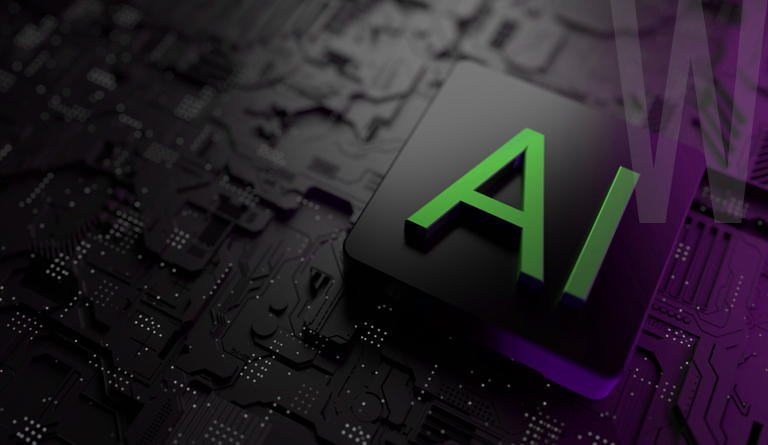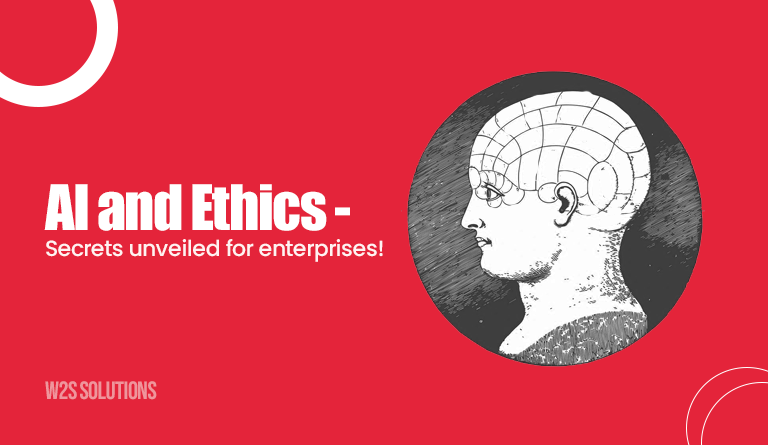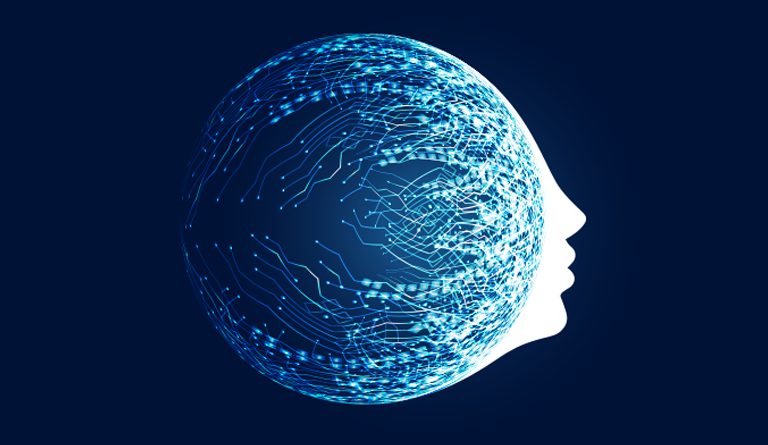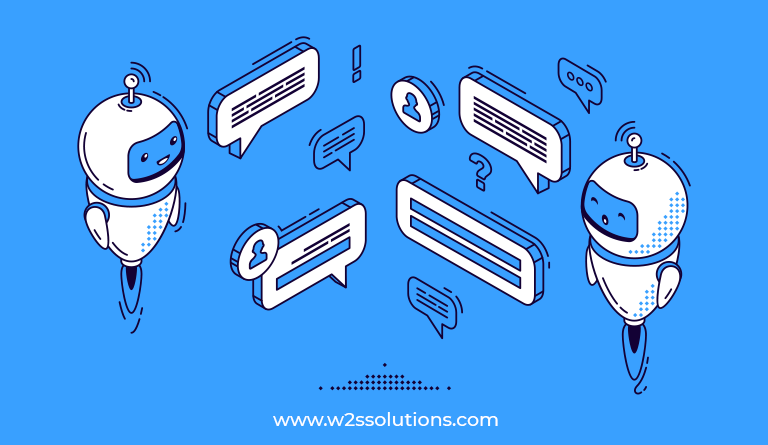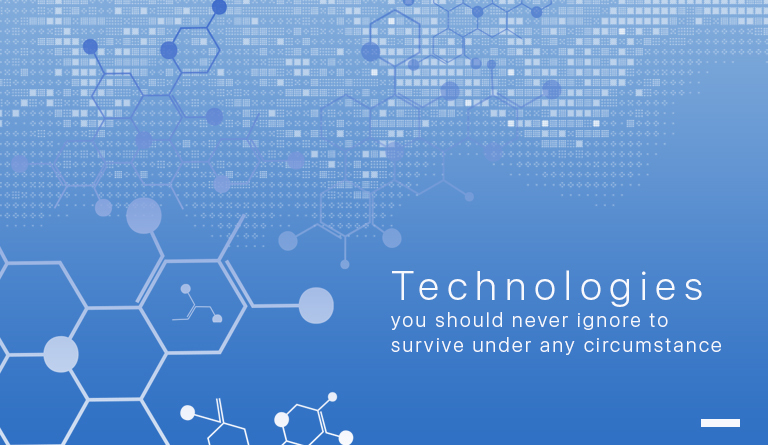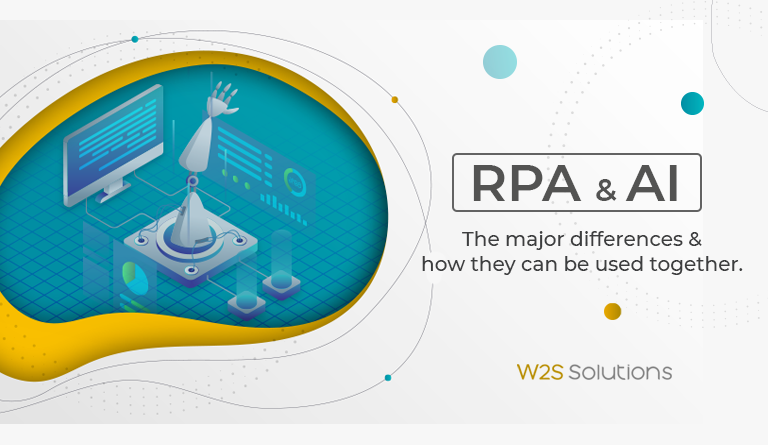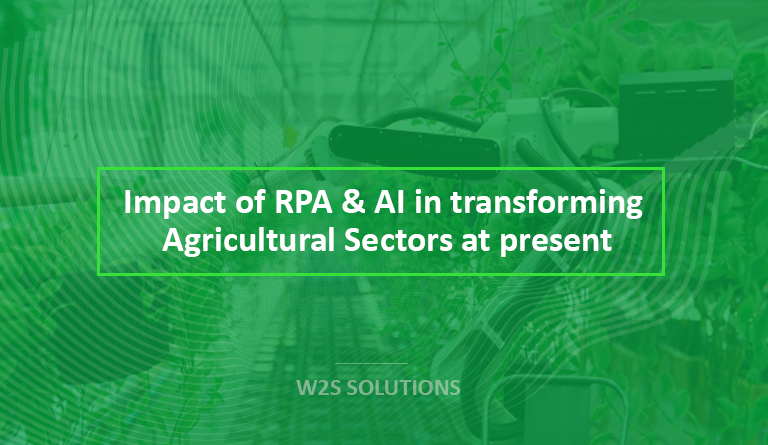TABLE OF CONTENT
Introduction
ChatGPT is the talk of the town. Make no mistake, we’ve been relying on AI models for a while now. From giving us directions to taking us there, the AI disruption has changed the fundamentals of many industries, and ultimately, the people. If that’s the case, then why are we bewildered by the fact that an AI model like ChatGPT is able to come up with pick-up lines on its own? Well, for starters, those pick-up lines are really good, but on a more important note, people are surprised by ChatGPT because of how easily such systems are within their reach.
The output created by ChatGPT is actually in a language that we can understand. It doesn’t sound cryptic and certainly doesn’t sound like an AI system that tries too hard. Being built on extensively large language models, the latest versions of ChatGPT can converse, write, and create content that an average human could produce. Yes, it misses the mark sometimes, but it’s very reliable for the most part.
Simply put, automating relatively smaller tasks can be a great way to start the AI revolution. If you think about autonomous vehicles, the AI system has to work 100% of the time! Failing to do so will pose a severe risk to life and property, which is not acceptable. And businesses, even though they understand the potential of AI, are not ready to make huge investments in it as the risk that comes along with it is too big to overlook. They are waiting for a more intelligent version of the system to arrive, and still perceive this shift as a very linear transition. But an AI system that writes articles and creates images doesn’t pose any real threats to us. It can afford to make mistakes, and the speed at which it functions simply outweighs the considerably smaller margin of error.
The question is no longer “Will AI change the business?” but rather “How ready are businesses to adapt to these changes?”.
So, how does ChatGPT work?
ChatGPT is a large language model developed by OpenAI. It is based on the GPT (Generative Pre-training Transformer) architecture and uses a transformer neural network to generate human-like text.
The model is pre-trained on a massive dataset of text, which allows it to understand and generate a wide range of language patterns and styles. When given a prompt, it uses this pre-trained knowledge to generate a response.
The model’s architecture consists of an encoder and a decoder. The encoder takes the input prompt and converts it into a hidden representation. The decoder uses this hidden representation to generate the output text, one word at a time.
ChatGPT is fine-tuned for specific tasks, such as answering questions or generating creative writing, by training it on a smaller dataset that is specific to that task. This allows the model to generate more accurate and relevant responses.
During the training process, the model is exposed to a large amount of text data, and it learns patterns and relationships between words, phrases, and sentences. This allows the model to understand and generate human-like text. The more data it is exposed to, the more accurate and realistic the generated text becomes.
Once it’s trained, the model can be used to generate text in response to a given prompt, it can be used to answer questions, summarize text, generate creative writing, and more.

Why should business leaders have a solid AI strategy for their organization?
Even though we have witnessed various technological disruptions in the last few decades, the AI disruption, particularly by models like ChatGPT and other unfamiliar ones, will be a tipping point for organizations. It’s no longer about automating tasks, but performing entirely cognitive tasks when performed by an AI system feels surreal. The surprising factor is that the versions of AI that does these cognitive tasks are simply at their nascent stage. As these systems become more and more sophisticated, they will change the fundamental market dynamics forever. Organizations that are aligned toward AI disruptions in their business will be the ones to survive the shell shocks.
For example, labor, a critical part of the current economy, will be greatly reshaped by the oncoming AI “interference”. Like many professionals fear, AI and automation will replace a huge chunk of the labor force, but will also open up multiple opportunities in different areas. There will be a new breed of professionals who will be responsible for providing these AI models with directions. Brands that embrace the AI revolution will have a greater chance of capturing value from these market shifts. A digital-business ecosystem will be the new normal for brands.
There will also be a huge shift in how we, as a business, will perceive value (if not already!). We already know how rapid digitalization shrinks value in the market, but missing out on embracing the AI revolution will actually cost a business its resilience. We were traditionally using AI to solve high-risk problems. But when generative AI models are used to solve “problems that require us to use our cognitive skills”, businesses can cut a huge portion of the effort required to deliver a product/service. Also, with systems as advanced as these constantly learning and unlearning from life itself, AI can benefit the entire society as well.
The pandemic put a halt on major economic operations, particularly manufacturing, and major contributions to the economy came from the service sector. In rapidly developing countries like India, the service sector makes up more than half of the contribution to its GDP. Even with such high stakes at the table, AI disruption in the service sector is inevitable.
To make this transition smoother, companies should start experimenting with generative AI models in areas where they can see and measure immediate impact. Business leaders should lay out a clear-cut vision for the role of AI in their business model. As the interaction labor will be greatly affected by these disruptions, organizations must train their employees to work along with generative AI tools and models. Siloed operations within organizations should be converted to cross-functional teams that nurture different talents and capabilities.
Even though a majority of the population can access technology or digital platforms, the knowledge to actually build something using that powerful platform is limited! For instance, coding- an integral part of building any digital module/product/platform, is a very complex skill that only 0.5% of the global population can do. And as we progress further in the field of technology, we are all about making the platform more accessible and inclusive. With innovations like low-code and no-code platforms, even a non-technical user can harness the power of digital. Following such innovations in the last few years, generative AI will help users bypass these complex knowledge and skill sets.
This will increase IT adoption by businesses in the near future, allowing rapid economic growth and interactions. Many leading companies are exploring scalable AI business models and AI product ideas to include in their existing business ecosystem. Businesses can collaborate with IT staff augmentation companies/Core-tech companies to accelerate their digital capabilities, but at the same time, business leaders should be aware of the risks and gray areas that tag along with a powerful platform like generative AI.
One of the biggest problems that artists and content creators point out with the generative AI models is that the system does not get any permission to train with their creations. Many companies started using AI-generated images to help with their business operations, which replaced the very artist whose work helped the AI in the first place. These concerns are raised by various groups, and many artists feel that it raises a huge question regarding the authenticity of the work produced by such AI systems.
The accuracy of the facts or data from these platforms is again a problem for its users. Instead of letting these models entirely take the stick, it is better if we find a way to work along with them. Despite being a dynamic technology, generative AI is not a substitute for common sense. Businesses should rather take an AI-inspired approach over an AI-driven approach.
Conclusion
In the coming years, these models would be so advanced and can be personalized to suit a business’s needs perfectly. But the fundamentals of these models will remain the same. The more data it gets exposed to, the better the results. Organizations must have a solid plan to collect and accumulate data from various touch points and interactions. This data can be used to build and train hyper-personalized AI modules and systems. Bottomline is that the impact of AI on the economy will be huge, something that’s too big to miss, and has the potential to bring forth an entirely new vision for consumerism. And it’s time for businesses to brace themselves for these shifts that will happen much faster than we think.
Awarded as one of the top IT consulting companies in the global market, we have worked with various international brands and organizations to make digital disruptions in their industries work for them. We build a core-data approach to help our clients understand more about complex consumer behavior and market movements. Check out more about our work here-(case studies)
Get inspired!
Subscribe to our newsletter and get updates on how to navigate through disruption and make digital work for your business!


